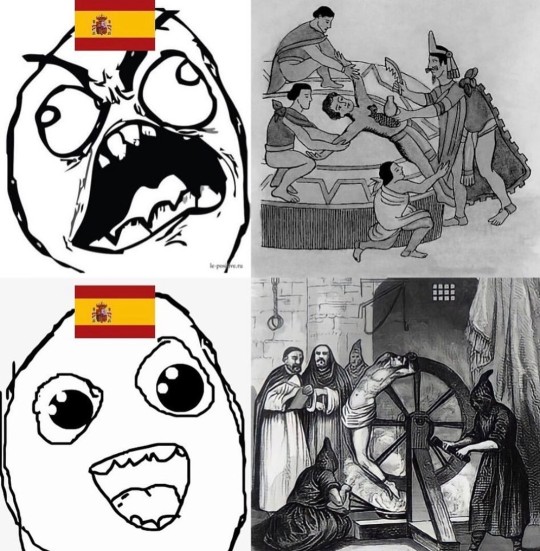#aztecs
Text
Time Travel Question 46: Early Modernish and Earlier
These Questions are the result of suggestions from the previous iteration.
This category may include suggestions made too late to fall into the correct earlier time grouping. Basically, I'd already moved on to human history, but I'd periodically get a pre-homin suggestion, hence the occasional random item waaay out of it's time period, rather than reopen the category.
In some cases a culture lasted a really long time and I grouped them by whether it was likely the later or earlier grouping made the most sense with the information I had. (Invention ofs tend to fall in an earlier grouping if it's still open. Ones that imply height of or just before something tend to get grouped later, but not always. Sometimes I'll split two different things from the same culture into different polls because they involve separate research goals or the like).
Please add new suggestions below if you have them for future consideration. All cultures and time periods welcome.
#Time Travel#Early Modern#Aztecs#Tenochtitlan#Versailles#Louis XIV#Thames Frost Fair#The Original Amber Room#Vauxhall Gardens#Potlatch#Indigenous History#Pacific Northwest History#The Amazon#South American History#North American History#Cascadia Earthquake#History of Food#Queen Elizabeth I#Tudor England#Kamehameha the Great#Hawaiʻi#Hawaiian History
103 notes
·
View notes
Text
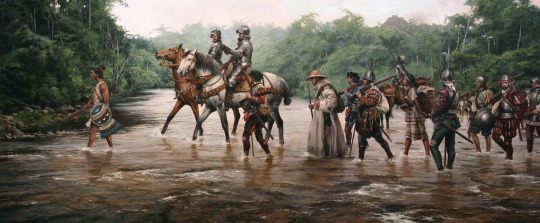
The March to Tenochtitlan by Augusto Ferrer-Dalmau
#hernán cortés#conquistador#art#augusto ferrer dalmau#conquistadors#tenochtitlan#tenochtitlán#mexico#spanish#spain#aztec#aztecs#mexica#mesoamerica#bartolomé de olmedo#pedro de alvarado#americas#history#european#age of discovery#age of exploration#explorer#spanish empire#conquest#aztec empire#expedition#river#friar#knight#priest
83 notes
·
View notes
Text


The Aztec Death Whistle ‘The Most Terrifying Sound in the World’
For those who want to celebrate Halloween like it’s 1399: Scientists are sending shivers down the internet’s collective spine by recreating an ancient “Aztec Death Whistle” that’s said to emit the “most terrifying sound in the world.”
The macabre kazoo is detailed in a new video produced by the Action Lab, a group of proud internet nerds who specialize in mind-bending experiments.
“The sound that the death whistle makes innately strikes fear into your heart,” intones presenter James J. Orgill in the clip while holding a 3D-printed version of the instrument.
The Brigham Young University engineering grad then plays an audio clip of the scream machine, which evokes a bloodcurdling, bansheelike shriek resembling a sound effect from a haunted house attraction. (We dare you not to jump!)
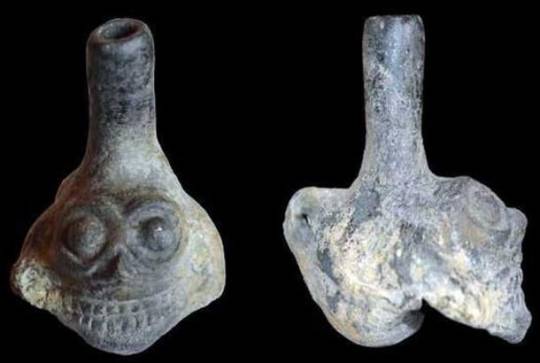
Orgill points out that this is not a “human scream” but rather the sound emitted by the replica of a skull-shaped artifact originally discovered in Mexico City in 1999 by archaeologists.
It was reportedly found clutched in the hand of a headless skeleton in a temple dedicated to the wind god Ehecatl — one of many sites where the Aztecs conducted human sacrifices.
Initially thinking it was a toy, per Orgill, scientists didn’t blow into it until 15 years later, whereupon it emitted a terrifying sound.
“‘It was a startling discovery because it sounded like a screaming human,” said the burgeoning YouTube star, who dubbed it the “most terrifying sound in the world.”


The Aztecs were able to create this nightmarish noise by modeling the death whistle after the human larynx.
When the user blows into the instrument, the wind divides in two, producing oscillating sound waves that bounce around a large chamber before leaving via a second hole.
While the purpose of the instrument remains unclear, experts have several theories, with some believing this fright flute was used to scare enemies in battle.
Others postulate that the whistle was a defense talisman used to ward off evil spirits during a sacrificial victim’s journey to the afterlife.
In order to resurrect this symphony of screams for our listening “pleasure,” Orgill blew into different Tim Burton-esque whistles that were 3D-printed by US tech firm HeyGears.
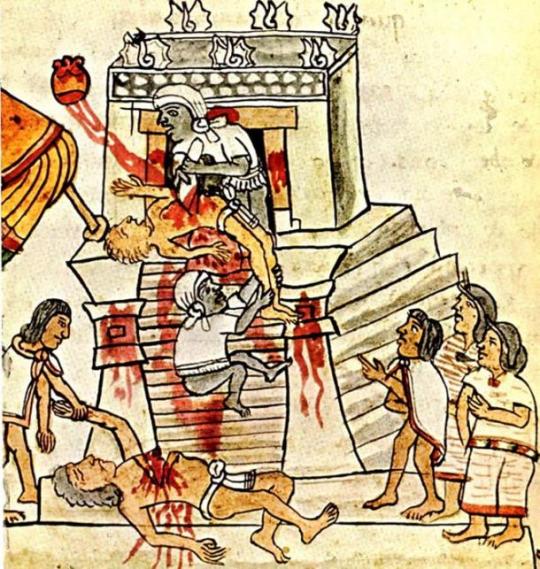


All told, they made the raptor larynx from “Jurassic Park” sound like a kazoo.
No 3D printer, no problem: Interested parties can buy their death whistles on Amazon, which offers duplicates made of materials ranging from resin to carbon fiber.
Many advertise how closely their decibels match that of the most bone-chilling human screams.
By Ben Cost.
#Aztec Death Whistle#The Aztec Death Whistle ‘The Most Terrifying Sound in the World’#Tlatelolco#mexico city#the wind god Ehecatl#ancient artifacts#archeology#archeolgst#history#history news#ancient history#ancient culture#ancient civilizations#aztecs#aztec history#aztec mythology#aztec culture#aztec gods#aztec empire#aztec art
196 notes
·
View notes
Text

#Aztec#Aztecs#Mesoamerica#culture#Mexico#Miguel León-Portilla#Jack Emory Davis#anthropology#book cover#cover design
212 notes
·
View notes
Text
I've been fascinated with the Aztec god Xolotl recently.
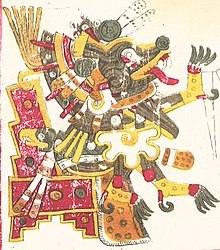
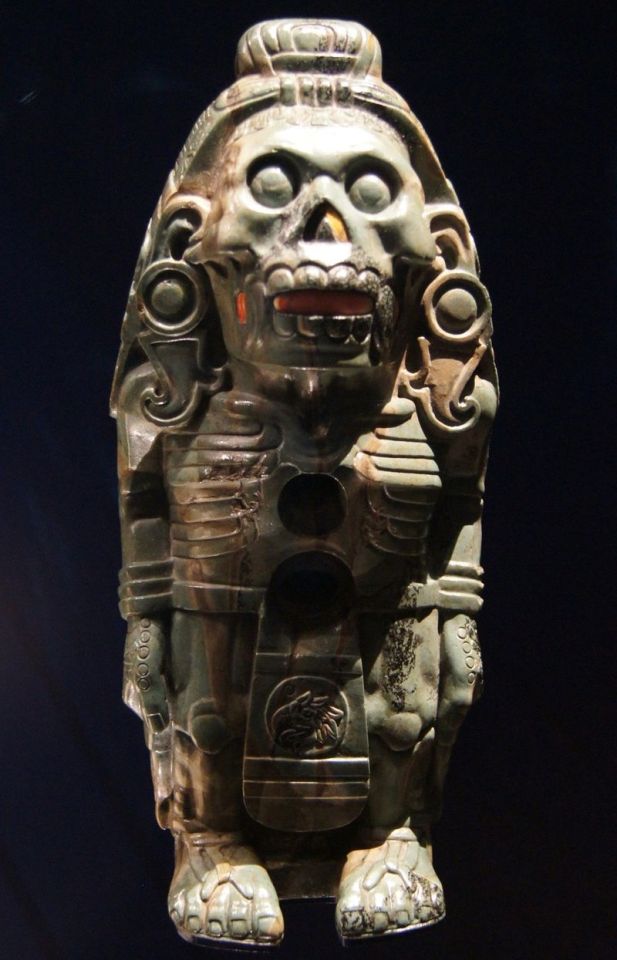
Xolotl (pronunced Sho-lo-t followed by an L like sound that doesn't exist in the English language) was a Mesoamerican god associated with many things, including fire, lightning, disease, deformity, twins, the Mesoamerican ball game, death, dogs, the planet Venus as the evening star, twilight, shapeshifting, and monsters. Xolotl was the twin and sometimes companion of his more famous brother Quetzalcoatl. Xolotl was thought to guide the dead in their journey through the underworld, and to guide the sun through the underworld each night. Xolotl is usually depicted as either a dog anthro, a man with a dog head, or a dwarf skeletal jester. Xolotl is usually depicted missing eyes. Xolotl seems to have been feared by the Aztecs and especially hated by the Spanish, but I have a more favorable view.
Some of the most prominent myths about Xolotl involve the story of the fifth sun, or how the current world was made from the previous, destroyed one.
The first myth involves the recreation of humanity. The tales differ as to whether Quetzalcoatl was responsible, Xolotl was responsible, or if it was a collaborative effort. The humans of the fourth world were destroyed, and humanity had to be brought back. To this end Xolotl and/or Quetzalcoatl traveled to the Aztec underworld, Mictlan and met with its king, Mictlantecutli. The god(s) asked to gather the bones of the previous humans so they could be created anew. Mictlantecutli. Mictlantecutli gives them tests but later decides against letting them gather the bones. Xolotl and/or Quetzalcoatl fall into pit, breaking the bones in the process which is why people have different heights. The bones are later resurrected. The versions of this tale differ as to which god went to Mictlan and whether they did tests for Mictlantecutli or simply stole the bones.
In the second myth, the gods are sacrificing themselves in a fire to create a fifth sun for humanity because the previous one went out. They choose Nanahuatzin, a poor and humble god with syphilis and some relation to Xolotl to become the moon; and Tecciztecatl to become the sun because he is wealthy and strong. However, Tecciztecatl is unable to throw himself in the fire when the time comes, so Nanahuatzin becomes the sun instead. Tecciztecatl is sacrificed after and becomes the moon (and also the man on the moon), but has a rabbit thrown at his face which is one explanation for the rabbit people sometimes see.
Later, Xolotl is the last to be sacrificed to the new sun. In some versions this is because he was the executioner for the previous gods. However, in some tales he refuses to sacrifice himself. Xolotl begs and cries until his eyes literally fall out but this does nothing. Xolotl transforms to escape Ehecatl who has been executing other gods to make the sun move. Xolotl at first transforms into a corn plant with two stalks, then an Agave americana, and finally an Axolotl amphibian. But he was still caught in the end.
What I find most interesting about Xolotl is his relation to disability. Since deformities are among Xolotl's best known domains, he could be considered a god of disabilities as well. Xolotl is also a god of monsters, and it's worth mentioning that the Nahua word "Xolo" which his name is derived from and means monster, is used for both mythological monsters and those with physical abnormalities, much like the Latin word "Monstrum". (I think in literature analysis the themes of monsters as outcasts could be explored more) In many, perhaps even most historical (and unfortunately even modern) societies the attitude towards those with disabilities has been very negative. In the Aztec world twins were considered unnatural, and sometimes one of them would be murdered shortly after birth. Wikipedia mentions an speculation by Eduard Seler that resonates with me: that Xolotl represents the murdered twin who dwells in the underworld while Quetzalcoatl is the living one who is cherished in the world of light.
Another connection with Xolotl and disability is that he was sometimes depicted as a jester with dwarfism. It's relevant the jesters around the world were often disabled. European court jesters were known for having the freedom to criticize and mock royalty, and were sometimes selected from the intellectually disabled because they could not be held responsible for what they said. Additionally, the Spanish during the colonization of the Aztecs sent some Aztec jesters to Spain, who were described as humpbacks.
This is what I find most interesting about Xolotl, that he is a reflection or shadow of society. Historically Xolotl was often considered a sinister god, but when society is itself sinister who is to be believed? My view of Xolotl is more favorable. The god of the disabled is feared because the disabled are hated. Xolotl is the outcast, who is hated and feared yet has done no wrong. Xolotl is the murdered twin, who looks upon the world of light and life, from a place of darkness, the world he was not given, never had the right to enjoy. He is the god who is looked upon with disgust due to his role in hardship, yet is the only one who stays with you through that hardship the entire time. Xolotl is the disabled child, who is called a child of shame and hidden away in some institution to be forgotten by their more privileged relatives. Xolotl is viewed with contempt, but his domains are just as necessary to the universe's function as any of the more handsome gods. The janitor, who is viewed with contempt and disgust yet whose works are vital for society.
The "evil twin" Xolotl, misunderstood twin and hound of Quetzalcoatl who lives in the world's shadow, watching the world of life and guarding the light of the sun through the underworld.
#LONG POST#xolotl#aztecs#aztec mythology#aztec religion#aztec gods#mexica mythology#mesoamerica#ableism cw#cw ableism#ableism tw#ableism mention#infanticide mention#filicide mention#mesoamerican mythology#infodump#infodumping
131 notes
·
View notes
Photo
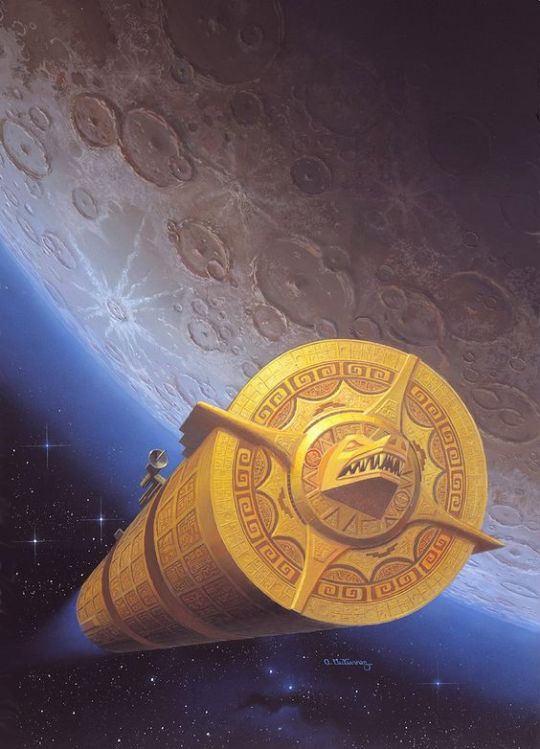
Alan Gutierrez.
228 notes
·
View notes
Text
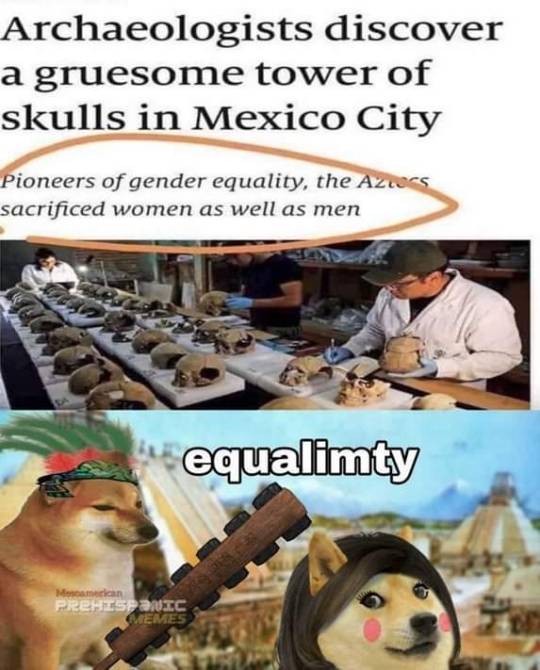
#meme#memes#shitpost#shitposting#humor#funny#lol#satire#funny memes#funny humor#funny meme#comedy#dark humor#journalism#journo#stupid#aztecs#aztec empire#prehispanic#irony#joke#parody#archaelogy#mexico city
73 notes
·
View notes
Text
Were the Aztecs really wiped out by a European disease like smallpox? New genetic evidence suggests it may have been a different disease entirely…
31 notes
·
View notes
Text

Tenochtitlan :’(
#ancient history#historical memes#history#history memes#meme#memes#Aztec#aztecempire#aztecs#mexica#tenochtitlan#ancient Mexico#Native American#Native American history#me so American history#mesoamerica#Central America#central American history
1K notes
·
View notes
Text

The tasty tomatillo (Physalis philadelphica) is where we get the English name “tomato”. The tomatillo is a domesticated version of wild plants found in Central America and is known in the Nahuatl language as “tomatl”. This plant is related to tomatoes because it is a member of the Solanaceae family, but it is not a tomato! This fruit grows in a husk that resembles a paper lantern and when it’s ripe the husk splits to reveal the plump green fruit. The tomatillo is the main ingredient of Mexican / Tex Mex salsa verde.
#katia plant scientist#botany#plant biology#plant science#plants#tomatillos#tomato#green#plant scientist#plant#plant aesthetic#plantblr#plantcore#greenhouse#edible plants#nahuatl#mexican food#aztecs#indigenous food#salsa verde#fruit#exotic fruit#gardening
64 notes
·
View notes
Text
Time Travel Question : Medievalish 2
These Questions are the result of suggestions from the previous iteration.
This category may include suggestions made too late to fall into the correct earlier time grouping. Basically, I'd already moved on to human history, but I'd periodically get a pre-homin suggestion, hence the occasional random item waaay out of it's time period, rather than reopen the category.
In some cases a culture lasted a really long time and I grouped them by whether it was likely the later or earlier grouping made the most sense with the information I had. (Invention ofs tend to fall in an earlier grouping if it's still open. Ones that imply height of or just before something tend to get grouped later, but not always. Sometimes I'll split two different things from the same culture into different polls because they involve separate research goals or the like).
Please add new suggestions below if you have them for future consideration. All cultures and time periods welcome.
#Time Travel#Taino#Indigenous History#Tenochtitlan#Irish History#Connacht#Aztecs#Tikal#Maya#Caribbean History#Cuba History#Chimor#History of Textiles#History of the Americas#Rus#History of Religion#Komi#Toltecs#Iberian Peninsula#Bavaria
75 notes
·
View notes
Text
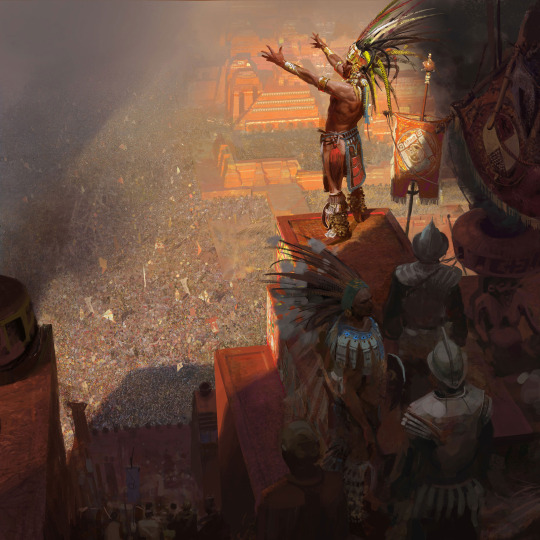

#conquistadors#craig mullins#aztec empire#spanish empire#conquistador#aztec#aztecs#moctezuma#hernán cortés#spain#spanish#mexico#templo mayor#temple#pyramid#mexica#huitzilopochtli#tenochtitlán#age of discovery#age of exploration#european#pedro de alvarado#mesoamerica#age of empires#cuitláhuac#bernal díaz del castillo#new world#americas#gonzalo de sandoval#cristóbal de olid
84 notes
·
View notes
Text
Flag of the Aztec Empire
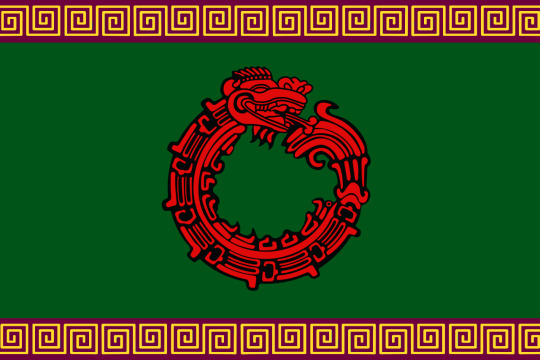
This is the flag of the Aztec Empire. It comes from a world where the Aztecs defeated Cortez and his troops. Smallpox still ravaged the Aztecs, but due to the more limited exposed they were able to recover by the time the Spanish sent additional expeditions. It soon become obvious that the empire would need to reform itself if it was going to survive the European colonization of the Americas.
The debate around these reforms leads to social upheavals and rebellions. The empire ultimately survived, but with a Tlaxcalan ruling dynasty. The Tlaxcalans, always one of the more reform minded peoples of the empire, set about instituting serious reforms.
The first reform was the structure of the empire. The provinces became much more centralized in their organization. The emperor still ruled over all, but each province sent a group of delegates to represent the needs of the province in a special council in Tenochtitlan. The priests and priestesses also began to slowly phase-out human sacrifice from the traditional religion of the Aztecs. Trade relations were established with multiple European nations both to gain access to European technology and to play the various powers off of each other.
For the next few centuries the Aztecs would be prosperous and would have good relations with their neighbors. They provided troops to the Federated Provinces of Cabotia during their rebellion against the British Empire. To this day the two nations remain close allies to this day. The Aztecs also maintained good relations with the Incan Empire, which also managed to avoid European conquest. The Aztecs went on to expand their territory to stretch from the American Southwest to the tip of Panama, and even managed to nab a few islands of the Caribbean.
The next major wave of reforms occurred during the 19h century. The Aztecs, much like Japan during the Meiji Restoration, underwent a Westernization process. Though from the Aztecs points of view the term would more accurately be Easternization. Industrialization began to take off, and Western clothing and customs were slowly introduced to improve relations with the great powers of Europe. However, the Aztecs did not completely turn their backs on their traditional culture. Aztec clothing still remains very colorful and incorporates many traditional designs, and nose rings are still somewhat popular for men and women. More traditional clothing is usually reserved for special ceremonies and occasions, such as religious festivals and the emperor's birthday.
The Aztecs also still worship their old gods, and many temples and shrines can be found throughout the empire. On the other hand, secularism is on the rise, and many people only perform the old rituals out of habit and tradition. What was once an empire imfamous for its bloodlust is today known as a thriving center of technology and innovation.
The flag features the colors red and green, which are traditional Aztec colors. The maze pattern is a common feature in Aztec artwork. The red snake is the feathered serpent god Quetzalcoatl, god of the winds and one of the most important gods in the Aztec pantheon.
Link to the original flag on my blog: https://drakoniandgriffalco.blogspot.com/2016/11/flag-of-aztec-empire.html?m=0
#alternate history#alternate history flag#alternate history flags#flag#flags#Aztec Empire#aztec#Aztecs#Nahuas#Nahua#Mexica#Mexico#indigenous#indigenous people#Triple Alliance#Tlaxcala#Tlaxcalans#Flag of the Aztec Empire#alt history#vexillology
92 notes
·
View notes
Text
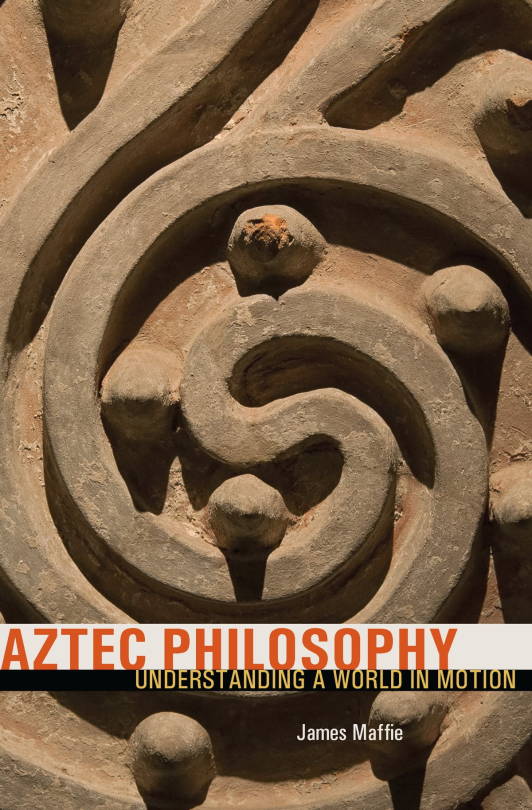
86 notes
·
View notes
